When to dig an onion planted before winter, how to store it correctly?
It is important for gardeners to know that it is necessary to remove the onions from the garden for storage at the right time. This applies, first of all, to winter varieties, which are harvested earlier than spring varieties. After the crop is harvested, it should be prepared for storage.
Onions planted before winter can be stored for up to 4 months if provided with optimal conditions.
What does the cleaning time depend on?
In central Russia, winter onions begin to be dug in July-August. Cleaning times directly depend on several factors:
- growing region;
- weather conditions of the current season;
- applied agricultural technology;
- soil composition and structure;
- varietal characteristics of onions.
The colder the climate, the longer the vegetable will ripen. Accelerated ripening is facilitated by competent feeding and loosening of the soil. For the full development of bulbs, loose fertile loams or sandy loams with an acidity of 6–7 pH are most suitable. The culture grows well on fine-crumbly chernozems.
In the first half of the growing season, fertilizers containing nitrogen, phosphorus, potassium and calcium are applied under the onion. In the future, nitrogen fertilization is stopped in order to restrain the growth of the vegetative mass, then the plants will direct all their forces to the formation of heads.
Popular varieties of winter onions include:
- "Centurion";
- "Shakespeare";
- "Radar";
- Ellan;
- "Struton";
- "Senshui";
- Kip-Well;
- Danilovsky;
- "Stuttgarten Riesen".
The soil for planting winter onions must be cleared in July for the land to rest. The bed should be located in a sunny, elevated place.
Those who are accustomed to comparing work in the garden according to the Lunar calendar coordinate the harvest time with the moon phase. It is recommended to dig out roots and bulbs when the moon is "aging". Harvesting onions on the waning moon contributes to the accumulation of more vitamins in vegetables and a good preservation of the harvest in the future.
External signs of maturity
Gardeners begin to harvest winter onions when they lie down and the leaves turn yellow - these are the main signs of the maturity of the culture. 2 weeks before the planned harvesting date, the plantings stop watering: excess moisture can contribute to decay of the heads during storage.
If, according to the forecast, a rainy period is ahead, the harvest is dug up early. For accelerated ripening of the turnip, you can carefully trim the roots with a shovel. The heads will ripen completely already at the drying stage.
In the ground, the culture rises above the ground when it ripens. The neck of the bulbs becomes thinner and dries up. The outer scales become coarse, acquire a bright golden color. Seeing these signs, you should start cleaning. If you overexpose the onion in the ground, it will begin to sprout, which will negatively affect its further storage.
How to dig onions correctly?
Harvesting is started in dry weather. In dense soil, a pitchfork is first brought under the onion and the bulbs are slightly raised, and then they are taken out of the ground.
The loosening done the day before will make the harvest easier. It is not worth pulling the heads for the pen, the turnip may be damaged, which will reduce the shelf life.
On a warm and sunny day, vegetables are left to dry right on the ridge. Ultraviolet rays will not only dry the bulbs, but also disinfect them, killing pathogens. You should not leave the crop in the garden for longer than 2 days.If harvesting fell on a rainy day, the vegetables are transferred under a shed or in a shed, where they are scattered in a thin layer.
In the process of drying, the onions are turned over and turned. The finally dried heads are considered when the neck becomes completely dry, and the covering scales begin to peel off easily. Dry feathers are trimmed, leaving 5 cm stumps to protect the bulbs from bacterial and fungal infections. Dried roots are pruned at the same time.
Storage preparation
Before putting onions in storage, the heads are sorted. Separately lay those bulbs, the neck of which has remained wet. They are primarily used for food.
The neck of the rest of the heads is cut off and the vegetables are packed, placing them in containers intended for storage. The necks can not be cut, but the bow can be woven into braids and kept hanging. With this storage method, it is easy to see if the bulbs begin to sprout.
Under what conditions should onions be stored?
Since winter onions are harvested quite early, a deep cellar is best suited for storing it, where a constant temperature of about 0 ° C is maintained. The air humidity in the storage should be within 80%. Since podzimny onions are stored worse than spring ones, they must be handled with care.
The heads are not laid out in plastic bags: without air access, vegetables will quickly begin to rot. Also, do not store loose bulbs on the floor. It is best to equip a mesh rack for storage, where the vegetables will be well ventilated.
Small turnips can be placed in three-liter jars. Larger onions are put into baskets, nets, bags, cardboard boxes, wooden boxes. Do not put vegetables in a thick layer - this will impair their preservation.
It is better to store onions in an apartment in bundles, suspended far from the heating battery. Only a dry and cool place is suitable for storing onions.
Planting onions in autumn
If you plan to plant onions in the winter, you can use both sets and seeds. Each of these methods has its own characteristics. Garlic is also planted along with the onion.
Sowing with seeds
It is customary to plant seeds (nigella) in the fall. In this case, seedlings appear earlier in the spring, the plants are less sick, and are resistant to recurrent frosts. The seeds are bought in the store or obtained on their own. Nigella quickly loses its germination, therefore, using last year's seeds, they need to be checked.
A small batch of seed is germinated by placing it on a saucer between two layers of wet wipes. You need to maintain humidity throughout the week. If the germination rate is 30% or more, you can start sowing. For lower rates, fresh seeds are recommended.
Autumn sowing rules:
- in the middle lane, sowing is carried out in late October or early November on frozen ground;
- the garden bed must be prepared in advance (dug up, fertilized, cleared of weeds);
- grooves are cut in the ground with a depth of 2.5 cm at intervals of 20 cm;
- autumn sowing should be dense, as some of the seeds may not germinate.
- sprinkle with dry earth on top of the grooves and lightly watered.
After that, the bed is mulched with sawdust, peat or branches. This measure helps prevent the formation of a tough crust on the soil surface, and in the spring the mulch will retain moisture and protect the seedlings from frost. After the snow falls, it is thrown over the garden bed for insulation.
Planting sevka
Sevk is called small onions with a diameter of 1–2 cm, which are planted on a turnip and on a feather. So that in the future the set does not shoot, it is warmed up by folding it in a canvas bag and hanging it near the battery for 2-3 days (not allowing it to come into contact with the heater).
Features of autumn planting:
- when planting the seed, the grooves are cut at a distance of 25 cm from each other;
- the depth of the grooves should be 5–8 cm, depending on the size of the bulbs;
- sowing is planted at intervals of 10 cm (when planting on a feather, as often as possible);
- from above, the bulbs are covered with earth or slightly dripped.
After planting, the garden bed is covered with needles, sawdust, humus, straw. In regions with snowy and warm winters, mulch can be omitted. With the arrival of spring, the shelter is removed (if this is not done, the emergence of seedlings will be delayed).
Winter onion care in spring and summer
There is nothing difficult in caring for winter onions. Since spring, the crop bed is regularly watered, weeded, fertilized. In early spring, you need to add ammonium nitrate (20-30 g per 1 square meter) or mullein infusion (1 glass per 10 liters of water). Seedlings appear in mid-April.
Later, they give phosphorus-potassium fertilizers (potassium monophosphate, superphosphate, ash).
When sowing densely, the planting must be thinned out. Torn onions will be used for greens. The distance between the remaining heads should be at least 8-10 cm. The bulbs will thrive with regular loosening, abundant watering and timely weeding.
The advantages of pre-winter planting of onions include early harvest, larger bulbs, no need for careful maintenance in spring and summer, and plant resistance to diseases and shooting. The timely harvested crop is well stored and brings considerable benefits to the body.
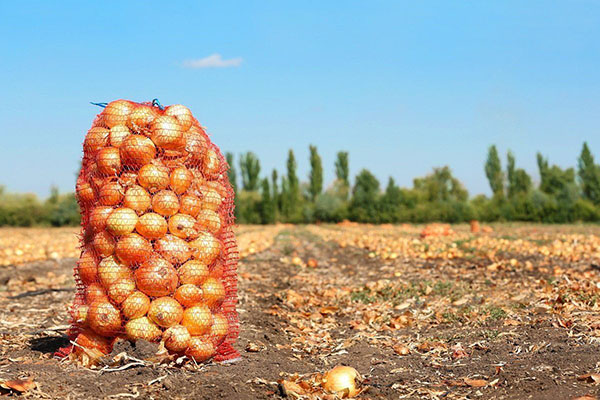
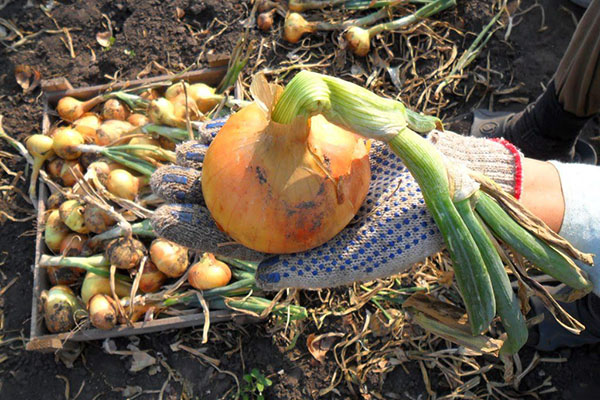
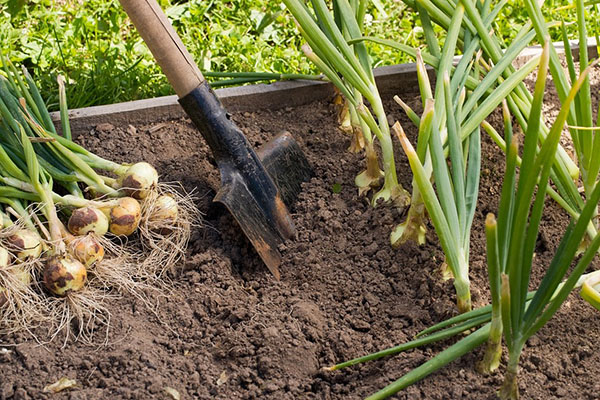
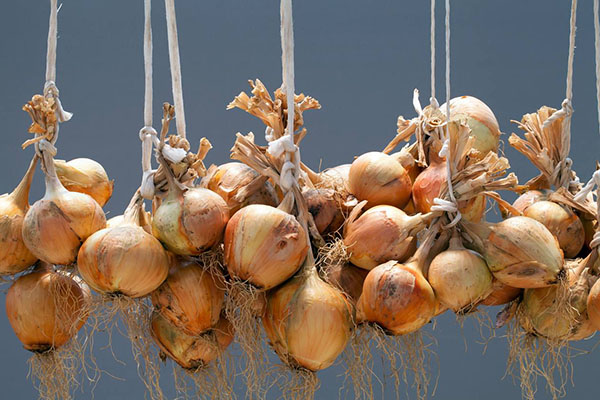

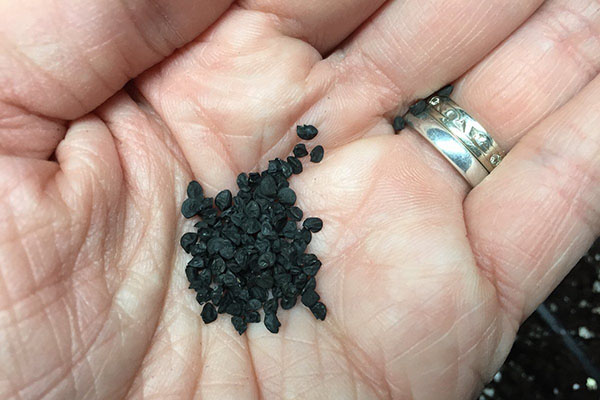
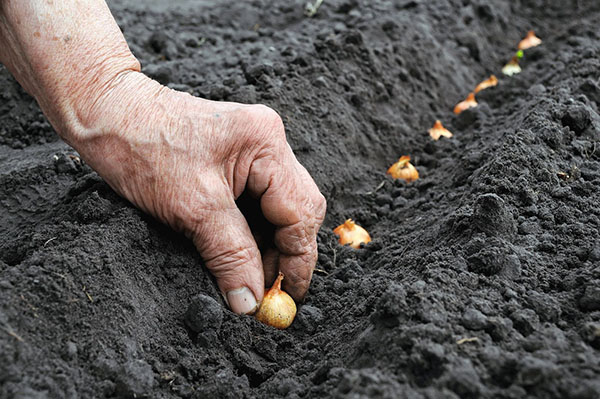
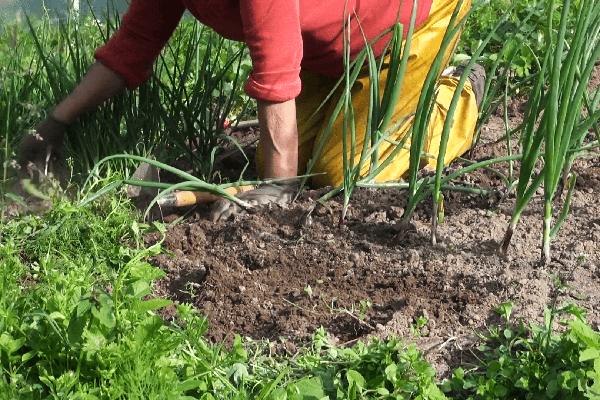

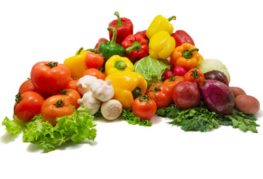
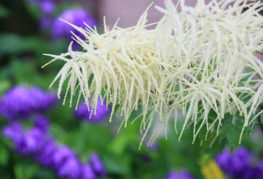
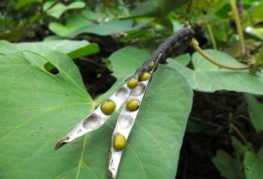
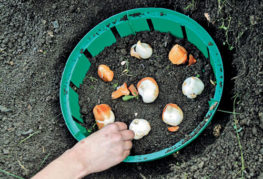

and will be published shortly.